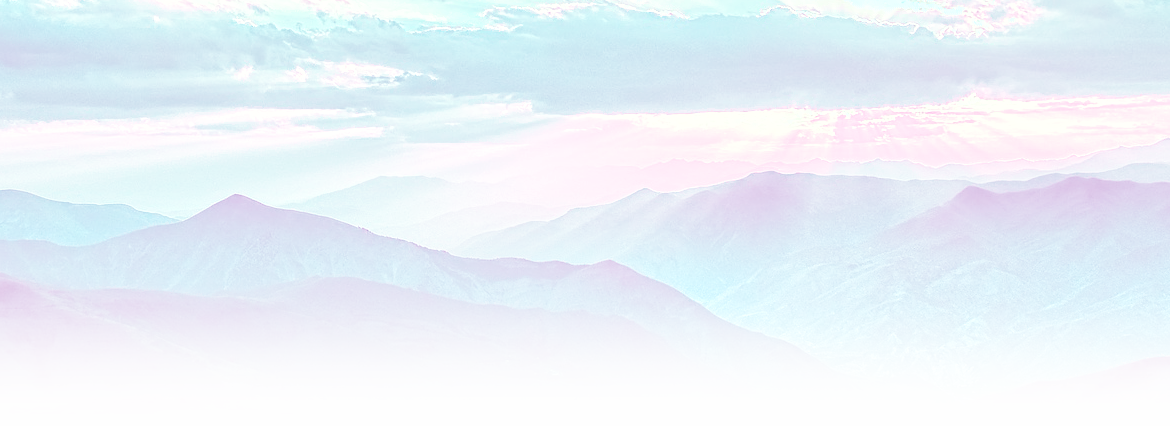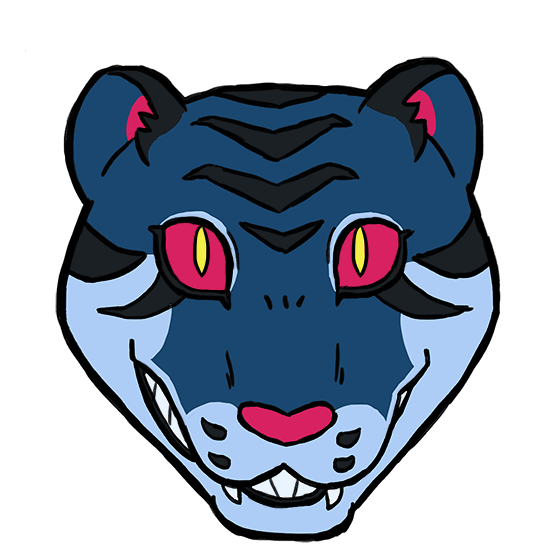Vojjsakka
Also known as 'Sun Serpent'
Public sentientologic record
Property of the Royal Atheneum of Hövnís, Eörpe
The vojjsakka is a long-extinct serpentan or lacertilian species that is believed to have had its primary habitat far up in the nigh inaccessible mountain ranges of Aapimosii and Kuusamaj. Due to being so tightly knit to the Ajovoun — a type of benevolent spirits in the Bieggjan mythos — it was initially believed the two terms were synonymous and both referred to the spirit. The first fossil of a vojjsakka was unearthed only a few years ago close to the arctic pole, buried deep beneath masses of soil and packed ice.
History
Fossils
A single nearly complete fossil was unearthed a few years ago close to the arctic pole, and most information of the species remain a combination of data gathered from studying this fossil. This particular fossil has been dated to an age of circa 1.2 billion years old, which at least confirms the species was extant after the arrival of the human descendants and would have co-existed with the bieggjan for a time. While it’s highly likely that more fossils exist, the Suszukoro have judged it currently too difficult to find and unearth additional ones without disturbing the local ecosystem. The current Bieggjan population appear to mostly have knowledge of the animal through ancient stories and myths that have proven very unreliable for learning more about the animal, what factual knowledge might have existed has likely been severely warped across the ages.Habitat & Population
The vojjsakka are theorized to have inhabited the mountain ranges of Aapimosii and Kuusamaj, likely in the subarctic-arctic region and at very high elevations. This would correlate to the portrayed rarity of sightings in bieggjan story and myth. Like most lifeforms of Biegjun, the species was unique to the planet and isn’t found anywhere else in the galaxy.Biology
Morphology
The vojjsakka featured elongated, long bodies with a relatively small teardrop-shaped head in one end and tapering off into a whip-like tail in the other. Ten pairs of legs are evenly distributed along its length in a sprawling stance, each featuring three digits. A wide, sail-like shield begin from the base of the skull and down close to the first pair of legs. A similar but narrower shield begin behind the last pair of legs and go out all the way to the tip of the tail, reminiscent of the paddle-like rears of certain aquatic mosoran and cetacean species. Since only a single specimen has been found for study so far, the data regarding their measurements and other points of their biology are solely lacking. The fossil unearthed by the Suszukoro is thought to be of an adult measuring 25 meters in length from nose to tail. It’s estimated to have been 1.5 meters in diameter at the thickest point and could have weighted well over 35 tons.It’s still disputed whether the species classifies as being of serpentan or lacertilian morphology. For the time being it’s listed as a serpentan species with tauric peculiarity in our records. You can read more about scientific classification in the Hövnísan Bio-Taxonomy Standards.
Anatomy & Physiology
Little is known about the vojjsakka’s anatomy and physiology, as the found fossil mainly pertained the skeleton and a few remnants of hide and scale.Skeleton
The vojjsakka skeleton consists of a jawless skull, hyoid, vertebra column, ribcage, and ten pectoral girdles connecting to a total of twenty limbs.Limb Flexibility
The most astounding findings is the construction of the limbs. Each major joint (shoulder, elbow, and wrist) can be temporarily dislocated and adjusted to either facing forward, backwards, or upwards, and then ‘locked’ back into place. The innermost digit of each hand has a similar adaptation where it can be either be forward-facing like the other digits or shifted to being opposable and allow for better gripping capability. The mechanisms behind these unusual features are still poorly understood, and its not yet clear how muscle mass, tendons and similar tissue would be constructed to allow for this kind of flexibility. But it’s highly likely it made them excellent climbers and could have aided in navigating cavernous systems as well as open mountainous terrain.Jawless Skull
Another peculiar feature was the fact that the skull of the found fossil had the maxilla and mandible fused together and no signs of dental structure, meaning the species likely didn’t feature an openable mouth. Three openings located laterally on each side along the upper maxilla connect to the brain cavity and may have fitted ocular or olfactory organs.Skin, Tissue & Blood
The remnants of outer skin that’s been recovered from the fossil suggests the vojjsakka had its outer skin layer covered with overlapping scales made of keratin. A crest of larger and thicker scales, likely overlapping each other like plates, followed the dorsal midline from the top of the skull down to the last pair of legs. Traces of pigmentation suggest the skin and scales both followed a pale cyan to teal coloration. They may have sloughed skin as they grow, which means their skin would shed in several separate pieces rather than being peeled off as a single piece.Sensory Capabilities
It’s yet unknown if the vojjsakka had ocular vision or olfactory capacity, or both, as it hasn’t been determined yet what the exact function were of the three pairs of lateral cavities in their skull.Dietary Needs & Habits
The lack of a proper jaw and mouth has led to only theories so far when it comes to the vojjsakka diet, as such a large being would have required a significant amount of energy to function. The most plausible theory so far involves the purpose of the large neck and tail shields: Even at the high altitudes of the Aapimosii and Kuusamaj mountain ranges, aeroplanktonic life is surprisingly rich and varied. It could be that the sail-like shields featured filter-feeding apparatuses, and the vojjsakka lived off of microorganisms transported by the turbulent winds.Behavior
We can only theorize about the behavior of the vojjsakka and what kind of social structure, if any, they may have had. Bieggjan stories and myths only describe encounters of solitary vojjsakka, though the descriptions of these encounters and the actions taken by the featured specimens tend to be so fantastical in nature that its hard to ascertain their level of credibility.Interspecies Relations
Vojjsakka & the Bieggjan
Despite being extinct for over a billion years, the vojjsakka remains an important feature in most bieggjan cultures and their beliefs. They are closely intertwined with the benevolent spirits called Ajovoun, in some clans to such a degree that they’re more or less considered synonymous beings. Most clans have at least one story or myth detailing a divine encounter with a vojjsakka. In these myths and stories, the vojjsakka’s roles vary between acting as guardians, custodians, or messengers of the deities, but are nearly always described as awe-inspiring beings of divine-like power that stand in opposition the ‘evil’ spirits, called Oniijavat, and their primary hosts, the Tjaetsiimaj.Its common for clans to feature at least one named vojjsakka as a demi-deity of their local Soha Olaehjo pantheon. You can read more about the bieggjan’s belief system in Soha Oajvolkijiit.

Artist's interpretation of a Vojjsakka by Nimin N.
Taxological Data
Many Vojjsakka
Biological Data
Crawling
Climbing
Arctic/Subarctic Climate
The Rosepetal




Such a neat thing for it to be extinct - though I think that makes the guesses all the more interesting as to how it functioned and what the different body structures might've meant. I also really like the arts that were included - that certainly made me more interested. I like sneks! Even if it's not a true snake or some don't think it a snake at all. Looks like a snake, is a snake. ( I'm simple ).
There's legless lizards, so why not legged snakes? :) I will likely elaborate more on the article after SC is over, and among things touchia bit more on the differences between the imagery of the animal that persists among the native bieggjan versus what's been gathered from studying the fossil. Art will also definitely get a facelift but am very glad to hear you liked it. Sadly my hands decided to go on strike before I could finish and polish it, but I feel it does a lot to have some visualisation at hand both when writing and reading about critters.
Honestly, I think the 'less is more' for something that is extinct helped a lot with the "imma imagine it how I think it should be' while reading through the various guesses and descriptors. But having something 'outlined' still gave a general idea of what it would have been. Sorry bout the hands going on strike though. <3